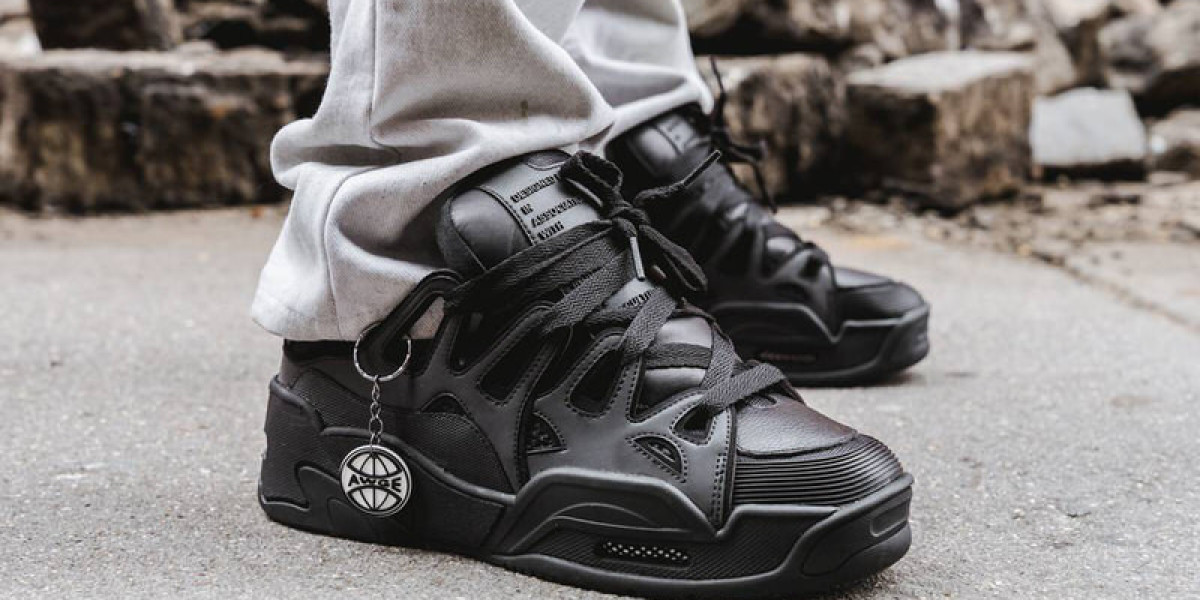When you think of comfort, innovation, and performance in sports footwear, one name almost always comes to mind — Nike Air. What started as a bold experiment in cushioning technology has evolved into one of the most influential design concepts in the sneaker world. Today, Nike Air is not just a technology; it is a culture, a lifestyle, and a performance standard that shapes everything from running silhouettes to lifestyle icons suited for everyday wear.
The Beginning: A Revolutionary Idea in Cushioning
The Nike Air story began in the late 1970s when aerospace engineer Frank Rudy introduced the idea of encapsulated air pockets for cushioning. His concept was simple yet revolutionary — use pressurized air units inside the midsole to reduce impact and add bounce. When Nike adopted this technology, it marked the beginning of a new era in athletic footwear and fundamentally changed how designers approach impact protection.
Early Breakthroughs
The first Nike Air shoe, the Air Tailwind, debuted in 1979. It didn’t just feel different; it changed expectations. Runners and athletes immediately noticed improved shock absorption and a lighter ride. This early success encouraged Nike to experiment further, leading to more visible and varied Air implementations over the next decade.
Visible Air: Design Meets Function
Nike’s next big move came with the Air Max 1 in 1987, which introduced “Visible Air.” For the first time consumers could actually see the cushioning technology, and that transparency turned functionality into a fashion statement. Visible Air made the technology iconic, and it changed how people perceived athletic shoes — they could be both high-performance tools and cultural symbols.
Impact on Running: The Rise of Modern Running Shoes
Over the years, Nike Air developed into multiple forms—Air Max for larger cushioning, Air Zoom for responsiveness, and Vapormax for full-length air pods—each tailored to different running styles. This adaptability helped shape modern running categories, and influenced how manufacturers design midsoles and outsoles for durability, comfort, and speed. The evolution of nike running sneakers mens shows how cushioning became integral to performance-oriented design and athlete expectations.
Expanding Beyond Running
As Nike refined Air technology it expanded into training and lifestyle models. Designers learned to tune air volumes, unit shapes, and placements to meet the needs of diverse activities, from gym workouts to long urban commutes. The result is footwear that blends function with form, making advanced cushioning approachable for everyone.
Cultural Influence: From Utility to Fashion
Nike Air reshaped sneaker culture. What was once a performance innovation turned into a canvas for style and self-expression. Clean, minimal white releases became staples, and certain Air silhouettes crossed over from sport into mainstream fashion. The demand for iconic clean looks helped popularize nike white sneakers that pair as well with jeans and dresses as they do with athletic gear.
Celebrity and Collector Impact
Beyond everyday wear, Nike Air benefited from athletes and celebrities who turned performance shoes into must-have items. Limited drops, collaborations, and retro reissues created collector markets and long lines outside stores. That cultural energy helped Air models transcend utility and become cultural artifacts, fueling both resale markets and mainstream desirability.
Transforming Basketball Performance
On the court, cushioning needed to handle repeated jumps, hard landings, and quick lateral movements. Nike Air provided reliable impact protection and responsiveness, enabling players to perform with greater confidence. That progression led to signature models and technical breakthroughs that redefined what high-performance nike basketball shoes could offer—balancing flair, ankle safety, and court feel.
Design Versatility and Everyday Appeal
One of Nike Air’s greatest strengths is versatility. Engineers optimized the system for varied weight distributions and activity profiles, so the same core idea appears across lifestyle sneakers, running trainers, and court shoes. This cross-category approach means consumers can choose shoes that meet precise needs—stability for lifts, responsiveness for sprints, or cushioned comfort for all-day wear. It also allows designers to iterate quickly, borrowing successful ideas from one category and applying them to another to accelerate innovation.
Sustainability and the Next Chapter
In recent years, Nike has focused on making Air technology more sustainable by integrating recycled materials into midsoles and packaging, and by improving manufacturing efficiency. Future possibilities include adaptive air units that vary pressure dynamically and modular designs that allow repair or replacement—concepts that could extend product life and reduce waste. These sustainability steps show Nike trying to reconcile innovation with responsibility.
Conclusion: A Legacy That Keeps Evolving
From Frank Rudy’s early sketches to today’s cutting-edge silhouettes, nike air has changed how we design, buy, and live in sneakers. It turned cushioning into a defining feature that crosses performance and fashion, and its adaptability ensures it will remain central to sneaker innovation. Whether you’re picking running shoes, styling white sneakers for the city, or lacing up for a game, Nike Air’s influence is everywhere—and its story is far from over.






